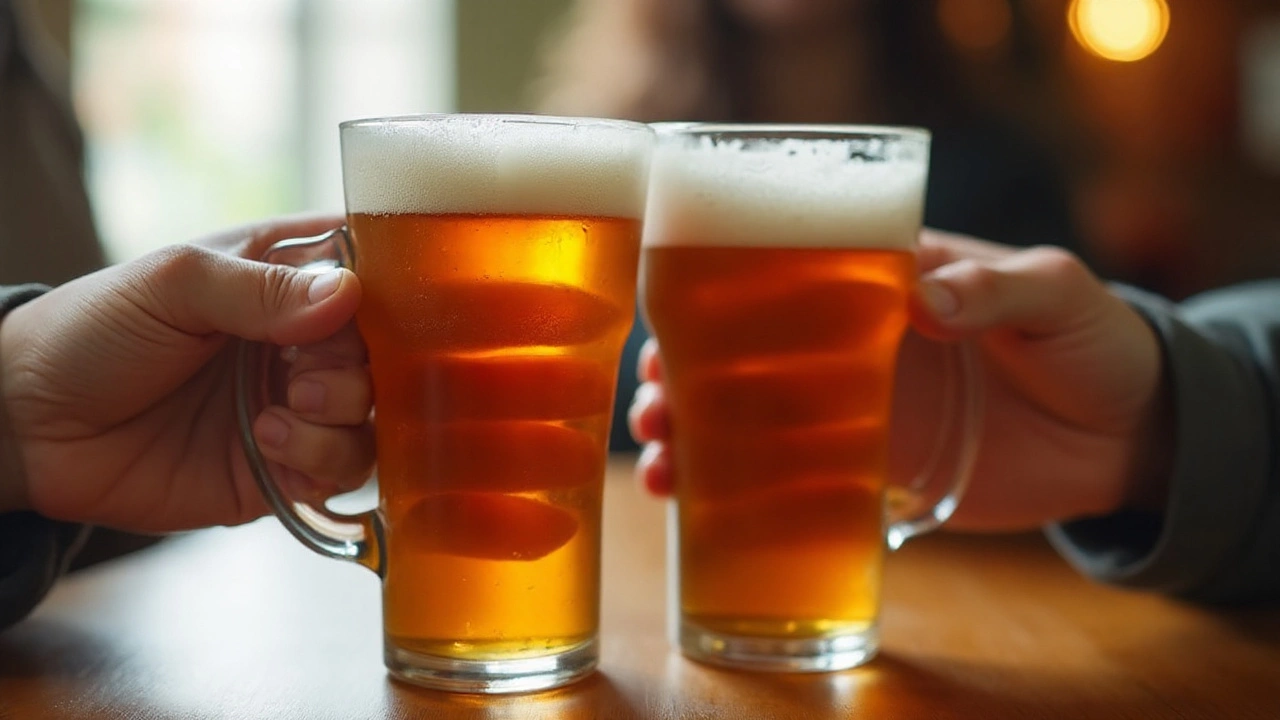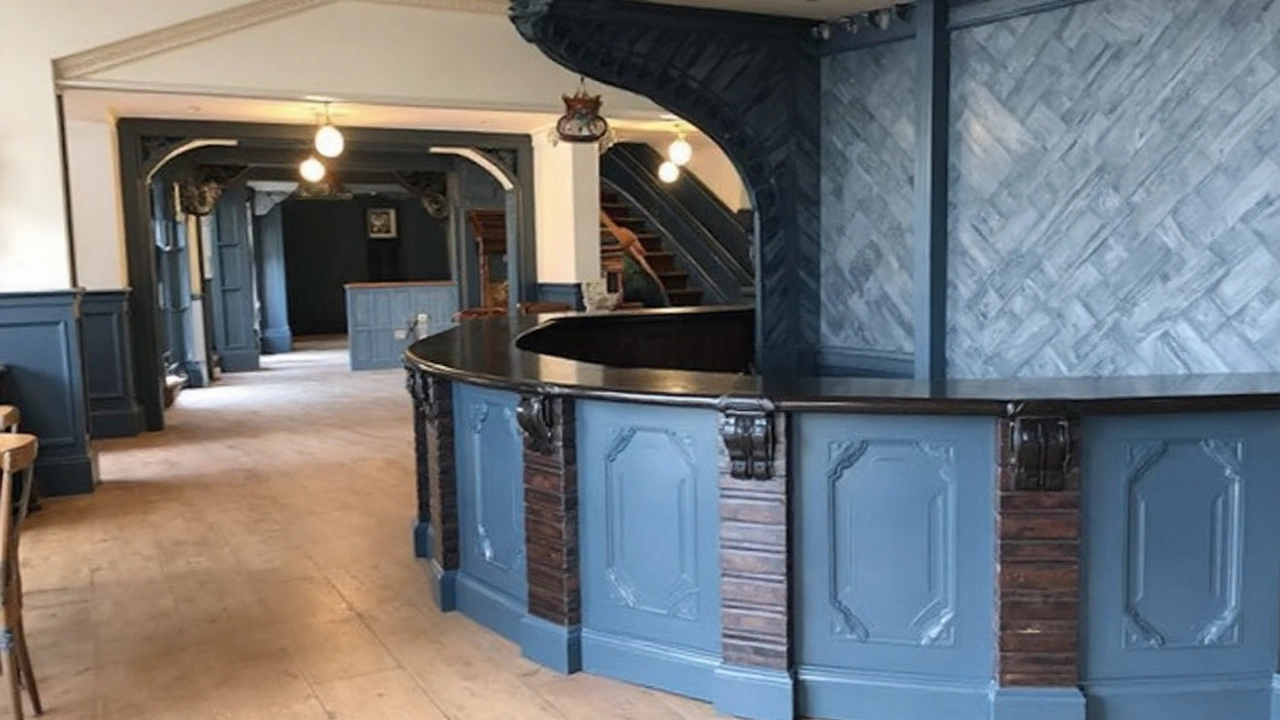A living link to medieval Burnley
Another Burnley constant is up for grabs. The Cross Keys Hotel on St James Street — widely considered the town’s second oldest pub after the Swan Inn — has been put on the market. For locals, it’s not just a listing. It’s the closing of a chapter that started in the 1500s and, in some form, goes back even further.
The building wears its age in the best way. Sturdy colour-washed rubble stone walls. Timber-framed casement windows. A footprint that suggests an inn built to last. Much of that character survived waves of change, from the early modern period through Burnley’s industrial rise, and then the late-20th-century turn toward screens and sport.
Before it poured ale, the site served care. Local histories point to a hospice here from roughly the 1330s to the 1540s, when priests are believed to have brewed mead on the premises. That habit of making drink for the community never really stopped. The current structure was later associated with Burnley’s own Massey’s Brewery, a reminder of how Victorian-era breweries shaped the town’s pub map and set the look and feel of places like this.
Plenty of residents still think of the 1990s when they hear “Cross Keys.” Match days turned St James Street into a stream of claret and blue, with fans ducking in for a pint before the walk to Turf Moor. Big screens made the pub a go-to for televised games, and non-football nights still pulled regulars who wanted a familiar room where they knew the faces and the bar staff knew their order.
That social role is why this sale stings. It’s not just a business changing hands; it’s a rare physical thread that ties medieval Burnley to the present. When you lose a place like this, you risk losing a little of the town’s memory too.
What do we actually know? The property has been put on the market, and its age, architecture, and local stature make it stand out. The sale invites obvious questions: Who will buy it? Will they preserve the old bones? And can a centuries-old pub feel alive and relevant in 2025 without sanding off its soul?
- 1330s–1540s: Site used as a hospice; priests believed to have brewed mead.
- 16th century: Origins of the inn that evolved into the Cross Keys.
- Victorian era: Rebuilt/associated with Massey’s Brewery, reflecting Burnley’s brewing heritage.
- 1990s: A packed match‑day hub and go-to for televised sport.

Sale signals strain on Britain’s pubs — and a chance to reset
The Cross Keys isn’t entering the market in a vacuum. UK pubs have been under pressure for years from rising costs, changing drinking habits, and tougher competition from at-home entertainment. Altus Group, which tracks commercial property, reported that 769 pubs in England and Wales vanished from their communities in 2023. Energy bills, staffing costs, and the price of goods continue to squeeze margins, especially for independents in older buildings.
That last part matters here. Historic premises need extra care. They often require specialist contractors, sympathetic refurbishments, and conversations with conservation officers. But when done right, a heritage pub becomes a magnet — for locals who don’t want to drink in a generic box and for visitors looking for a story with their pint.
Burnley’s centre is still evolving, and St James Street sits in the middle of that. Recent investment around town — from leisure spots to public realm improvements — has nudged footfall patterns and put more emphasis on venues that can flex: daytime coffee, early-evening food, late-night events. The Cross Keys’ layout and presence could support that kind of mixed use, if a buyer leans into it.
So what happens next? A few paths are common:
- A hospitality group restores the pub, adds a modern kitchen, and aims for a food-led model with a tight cask and keg lineup.
- An independent operator goes for a classic inn feel — coal fires, Lancashire plates, two or three local ales — keeping the rough-hewn charm intact.
- A hybrid model blends taproom energy with community uses: quiz nights, acoustic sets, football screenings, maybe daytime co‑working in a snug.
- A community share offer, if locals organize quickly, using the UK’s Asset of Community Value (ACV) framework to buy time and bid. The Ivy House in Nunhead was the first pub saved this way back in 2013; others have followed with their own twists.
Each route has trade-offs. Food-led pubs need reliable kitchen investment and a steady talent pipeline. Community ownership brings buy-in but needs serious volunteer hours, governance, and a realistic business plan. A straight-up “wet-led” pub is cheaper to run but now harder to sustain unless it owns a distinctive niche.
Whoever buys it will have to thread the needle between preservation and compliance — accessible facilities, fire safety, insulation, and noise management — all while protecting the bones that make the Cross Keys the Cross Keys. The pub’s stout walls and timber details are an asset, but they also ask for patience and money.
There’s also the sporting heartbeat to think about. Turf Moor is a walk away, and that match‑day rhythm still matters. A smart operator will plan service around the pre‑ and post‑game surges, work with supporters’ groups on atmosphere and safety, and keep screens without letting them dominate the room. That balance kept the place buzzing in the 1990s and could do the same now.
For Burnley’s heritage watchers, this is a test. Can a deal be struck that keeps the Cross Keys’ story visible? That might mean a sympathetic exterior clean-up, better lighting that shows off the stonework, and interior tweaks that expose original features instead of hiding them. It also could mean telling the hospice-to-inn arc on the walls — framed maps, a short timeline, a few old brewer’s tools — so first‑time visitors feel the history without a lecture.
Then there’s the beer. Leaning into local breweries would be the obvious play. A rotating handpump or two for Lancashire cask, a couple of reliable lagers, and a seasonal guest line would fit the building and the town’s tastes. Keep prices sensible, and the regulars will do the rest.
All of this, of course, starts with the sale itself. Terms weren’t publicly shared at the time of writing, and the timeline for viewings will depend on the agent and interest. But the window is open. For a buyer with a feel for old walls and a steady head for numbers, this is a chance to anchor a corner of Burnley’s centre and make something that feels both historic and newly alive.
That’s why this listing matters beyond a single address on St James Street. A successful revival says something bigger about how towns like Burnley keep their cores vibrant: not by starting from scratch, but by taking the buildings that already carry the story and giving them the tools to hold a crowd in 2025.
For now, the headline is simple: there’s a Burnley pub for sale that has outlasted wars, industrial booms, and football seasons too many to count. If the next owner gets it right, it will outlast a few more.






